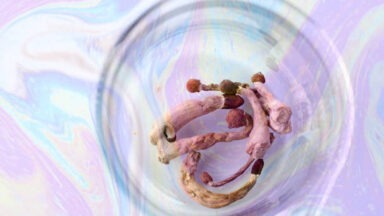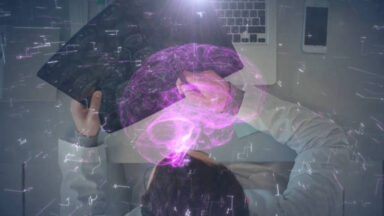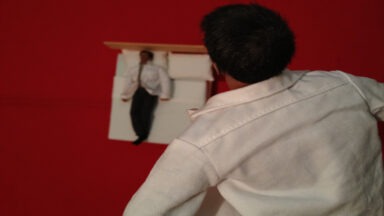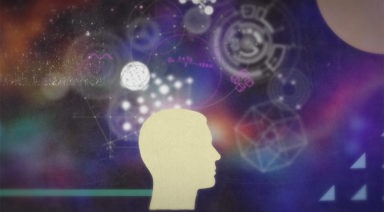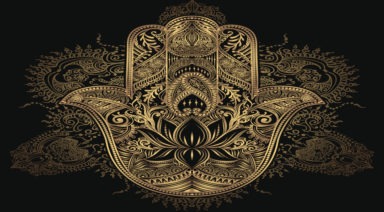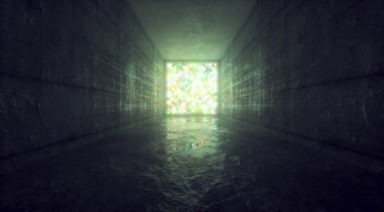Part Two: “The Force” is Awake – Global Consciousness, We Are
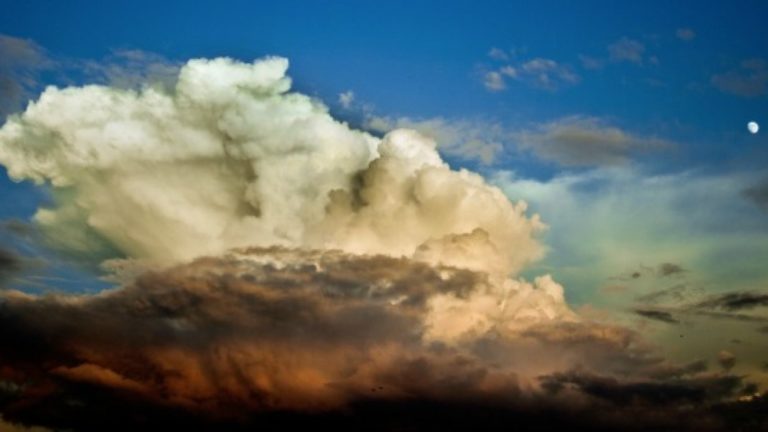
Not all that long ago, if you’d told someone that soon everybody and their brother would be walking around with a little device that could instantaneously access the global library of human experience, allow immediate contact with anyone else on the entire planet, let you instantly enjoy practically any form of media you wanted, and even allow you to broadcast yourself all over the world from wherever you stood, most folks would’ve thought that you were a couple of sandwiches short of a picnic. Now this technological form of global consciousness, alive in cyberspace, is our working day-to-day reality.
Global Consciousness is Not Newtonian (…Unless It’s Alchemy)
I was born long after quantum physics, yet what I was taught in school was still essentially the world according to Isaac Newton, who died in the 17th century. It was a beautiful world of baby billiard balls, joined together like tinker toys by gravitational and electromagnetic forces at every level. From the configurations of atoms and their molecules, to the bonds of chemistry, to the arrangement of stars and planets. But as well as it all works, it turns out that classical physics does a great job describing the way things generally work, just not how–or why–they are the way they are. That’s deeper stuff.
Newton knew this all right, proven by the fact that he spent much of his life thinking and writing about alchemy the combination of scientific method and esoteric curiosity that suggests the “hard question” of consciousness, namely: How do you transmute a common element (lead) into something truly precious? Into something imbued with a purer energy, that shines with life, molds to any form, and can superconduct life’s animating power…something like gold?
The Field of Emergent Human Consciousness is a Quantum Field
The reliable, life-sized surface of Newton’s world has left us with the tradition of scientific materialism, which is the idea that consciousness spontaneously arose from the complexities of simple matter. But the incredibly reliable, unimaginably minute world of quantum mechanics has demonstrated that the opposite is true–that matter is really waves of energy, bound in fields, awaiting consciousness to collapse it into its many forms. In this sense, the precision of quantum physics demonstrates that consciousness is a fundamental, preexisting process in the universe, and matter like ourselves, our Earth and heavens, are just forms generating its expression.
At this profoundly interior level, life on Earth arranges itself by the magical means that quantum physics prescribes; by entanglement, where separated particles of common origin (like everything on Earth) maintain absolute identification with one another; by coherence, where these particles arrange themselves in an intelligent, self-realized pattern; by non-locality, where these particles retain the ability to communicate with one another instantaneously; and by resonance, when individual, ‘particulate consciousness’ moves as a wave, on the same frequency. All of this takes place at the fundamental level of quantum interaction–what’s called “The Planck Field,” or “The Zero Point Field.”
“Consciousness is a part of our universe, so any theory which makes no proper place for it falls fundamentally short of providing a genuine description of the world.”
Roger Penrose
How “The Force” of Consciousness Binds Everything Together
“It’s an energy field created by all living things. It surrounds and penetrates us…it binds the galaxy together.”
Obi Wan Kenobi, describing The Force, in Star Wars
When we look at all the parts of our world in a more holistic way–even starting at the tiny level of quanta–we see an intelligence of order that materialists may miss. At every level, life assumes similar arrangements and functions. Every size of earthly entity shares functional features of respiration, excretion, reproduction, and more. Every plant and animal, and even matter that’s thought to be unconscious–like rocks and crystals–is built from intricate, familiar patterns.
Consciousness doesn’t appear in different forms, it appears as different forms in these patterns across the spectrum of Life. The concept of a “holographic universe” applies as these patterns appear whole and complete and are fractally part of a larger whole system, mirroring their dynamics of energy and matter. Every piece reflects the complete arrangement of consciousness in the whole. The torus-shaped magnetic field that surrounds our planet, surrounds atoms, our bodies–and even galaxies. Functions reliably take place chemically and mechanically, but more profoundly, they take place energetically.
“The field is the sole governing agency of the particle [matter].”
Albert Einstein
Fish move in schools, birds in flocks. People move in waves of thought and action. “The ocean waves,” commented the philosopher Alan Watts. “The universe peoples” and these unifying structures and patterns – uniquely and analogously realized through energetic fields–are what biochemist Rupert Sheldrake calls morphic resonance, the product of “morphogenetic fields.”
Sheldrake suggests these fields of energy ‘in-form’ the forms of life and bind everything together in a greater shared field of consciousness that’s evidenced by the provable reality of extra-personal sensation and communication like:
- Phantom limb sensation
- Telepathy between twins, as well as between mothers and their children
- Human and animal intuitive and precognitive intelligence
- Remote viewing
Other documented scientific exploration on this topic has been ignored and even actively suppressed by our “mainstream” institutions of science and culture.
The Proof of Global Consciousness Can Be Found By Just Looking For It
As is often the case, it takes even more evidence to prove the miraculous than the mundane, even though all of Life is a miracle. If I say my friend is really psychic, and that my friend happens to be the entire planet, well, that’s considered anecdotal. To prove it, I couldn’t just provide you with an extra-sensory example or two, I’d need a whole lot of bona fide research. Fortunately, at this point, there are mountains of authenticated research data supporting the existence of global consciousness (and plenty of other phenomena considered “paranormal” by our institutions of dogma).
“A new scientific truth does not triumph by convincing its opponents and making them see the light, but rather because its opponents eventually die, and a new generation grows up that is familiar with it.”
Max Planck
The Princeton Global Consciousness Project, originally begun by an inquisitive engineering professor, Robert Jahn, and a developmental psychologist, Brenda Dunne, in the early 1970s, has been accumulating data on the reality of global consciousness for many years. Utilizing “Random Event Generators,” devices that produce binary digital points of equally occurring probability (like zeros and ones), they set out to demonstrate and document the human capacity to influence events, simultaneously, in remote locations, all around the world. To cause or sense fluctuations in “The Force.” The results have been remarkable, reliable, and only remain controversial to people who apparently just don’t want “to see the light.”
It turns out that humans can remotely affect unconnected, technically impartial machines; and such machines can statistically measure the effects of major globally significant events on global consciousness. From major global catastrophes to cultural events in small venues, “The Force” of human interaction alters the output of the random generators well beyond any coincidence or margin of error. And it does it to varying degrees–often depending on the emotional or archetypal nature of the events (as in Carl Jung’s “collective unconscious”).
The project maintains Random Event Generators in up to seventy locations around the world, measuring and documenting fluctuations in the real field of global consciousness. Likewise, effects of “The Maharishi Effect”–where Transcendental Meditators can influence the state of the world (for the better, of course)–has been documented in over 600 studies, demonstrating that a small, but ‘critical’ mass of meditators, can affect the crime rates in cities that are the subject of their focused intention.
“I used to be an atheist, until I realized that I am God.”
J. Krishnamurti
Let’s Use “The Force” — What Global Consciousness Can Do
As part of this increasingly self-aware global entity, unified in Consciousness, we can all open ourselves to a new reality. We can recognize the unfathomably mysterious field that everything comes from and returns to. A kind of ultimate ground of being that we can become more aware of by stepping up and claiming evolutional ownership of quantum physics, cyber-consciousness, and the power of our verifiable sixth-sensory perception.
We know that this “radiance of the eternal” penetrates everything and everybody, and most importantly, we can all hear its voice–guiding our waves of human thought and action. It intuitively informs us of a graceful and responsible return to the wisdom of our indigenous ancestors mixed with a completely modern way to live in a world unified by the potential of pure Consciousness–a world that every human being deserves as their birthright. It is “The Force”.
A great resource for the further exploration of global consciousness and its potential is Edgar Mitchell’s Institute of Noetic Sciences.
This Small Percent of People Think About Universal Oneness
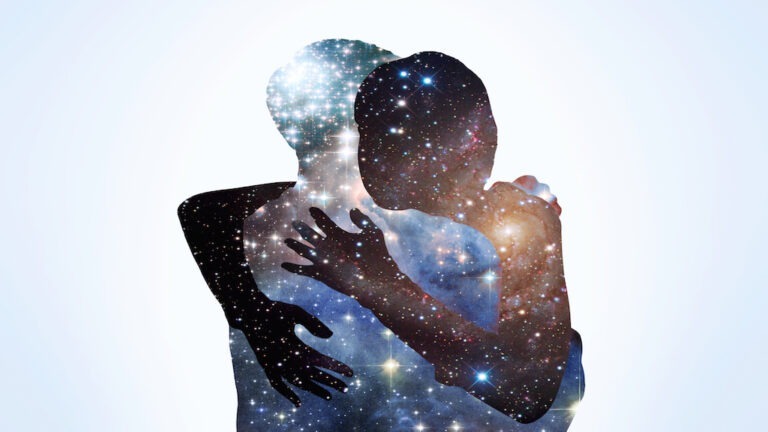
The belief in oneness has a connection with the future of humanity. We may view ourselves as separate, but we also realize we are part of some greater substance of the universe through element, frequency, or vibration. But who believes in oneness and what are the real-world implications of this belief?
Researchers at Duke University sought to find out how common this belief is and what that means. Scott Barry Kaufman Ph.D., Humanistic Psychologist and author of “Transcend: The New Science of Self-Actualization” explored the studies in his Scientific American article, “What Would Happen If Everyone Truly Believed Everything Is One?”
“So researchers were really curious what (was) the prevalence of people who believe we’re all part of a larger whole,” Kaufman said. “They found that only 25 percent of people reported that they think about the oneness of all things often or many times.”









